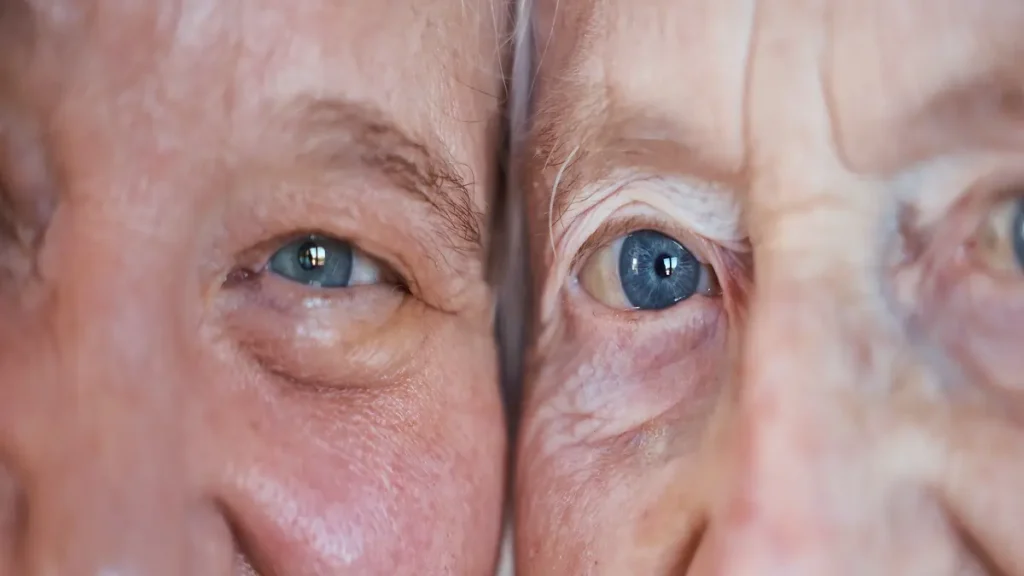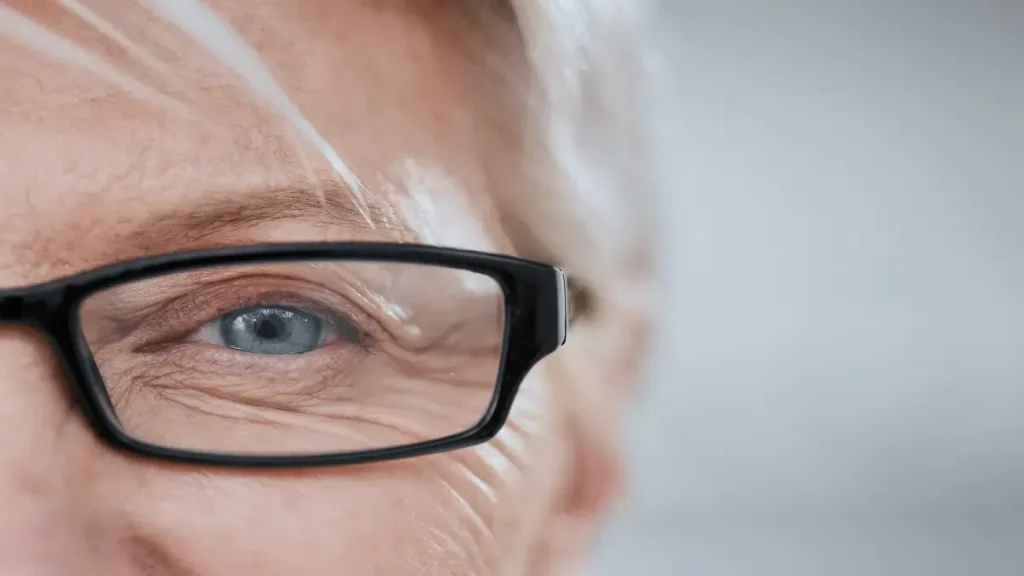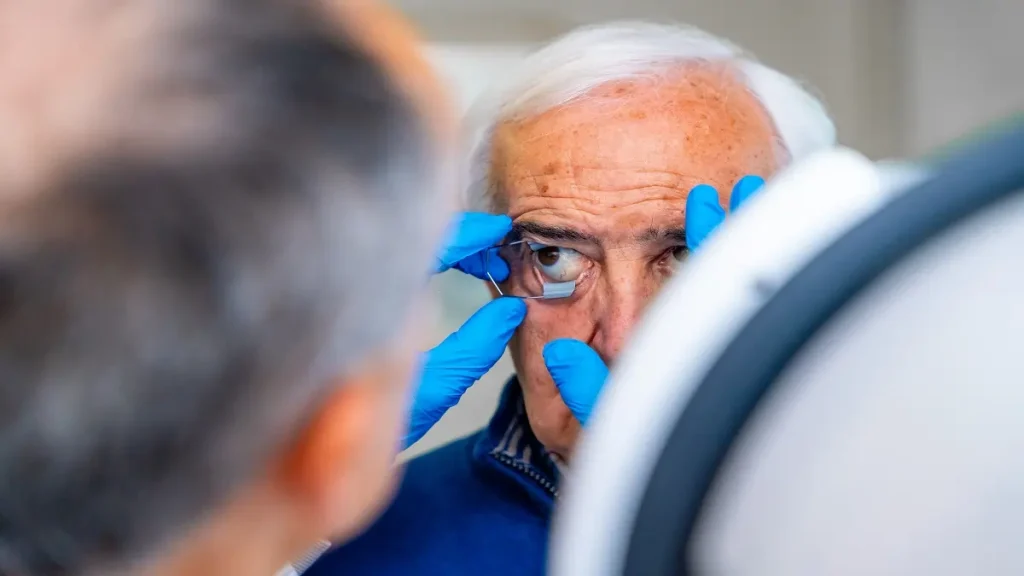Ectropion Repair
What is Ectropion Repair? Ectropion repair is a surgical procedure used to treat ectropion, a condition characterized by the turning outward of the eyelid, leading to the exposure of the inner eyelid and the cornea. The treatment methods for ectropion repair depend on the underlying cause of the condition. The different treatment methods for ectropion […]







